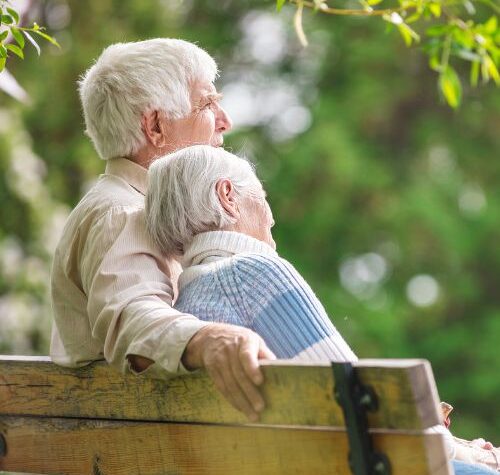History of Aging in America: A Short Overview
Author: Virginia R. Bensen, VRB Life Coach
Before the American Revolution, people who lived a long life were revered, and it was believed that their long life was divinely ordained. Actually most folks never lived long enough to reach what we consider to be old age today. In 1790, only 20% of the population lived to be 70 years old.
All of that started to change with the Industrial Revolution in America which took place between 1800-1830s. Several changes occurred during that time, including a large demographic shift from the farm to the city so that men could find work in factories. Transportation was improving, which linked cities together but also linked rural and urban areas. In the area of communications, the telegraph was introduced during this time. There were also many technological advancements and inventions during this time such as the steam engine, which was used in the railroads and steamboats, and the cotton gin, among many others. Adding to all this, American culture was changing in many ways. First, there was the second great awakening of religion which set in force a focus on morality. Now the major role for a woman was being the morality infuser in both the family and society in general. It was also widely accepted that a woman’s place was in the home.
It was during this same period; the modern family life cycle was introduced and chronologically standardized. In this cycle, the components were: marriage, children, survival of both partners to age 55, and widowhood. Also, with industrialization the authority of age began to be undermined, and older Americans began to lose their social status as the culture of youth gained traction.
After the Civil War there was a push for public schools and for pension systems for old soldiers. These developments further divided the stages of life into three sections: education, work, and retirement. The two ages of 21 and 65 define the lower and upper boundaries of participation in the adult world. New scientific and economic data and theories gradually undermined the worth of older Americans. Oldness in all forms was condemned in what was considered modern society during the late 1800s. Old people were considered a drag on the pursuit of progress. Ironically, more people were living longer. Old age homes became popular, which tended to segregate people who were believed to be no longer capable of contributing to society. Forced retirement became common in many occupations during the late 1800s.
In the Great Depression of the 1930s, older people were becoming increasingly defined as a segment of the population who were economically dependent on the government, which led to the Social Security Act. After World War II, there was the perception that getting old was not unlike contracting a disease, and the cure was a deserved rest after one’s productive years.,
The founding of AARP in 1958, is considered a milestone in the history of aging in America and resulted in what was considered a new life stage: Retirement. At this time Retirement was seen as a major social problem of older people. Or as A. Barry Rand describes retirement as “a social purgatory for folks waiting for death.”
During the late 1950s and 1960s in America, Americans aged 65 and over became seen as a kind of special interest group separate from the rest of the population, due to the perception that all older folks are “idle” and “dependent on government support.” It was during the 1960s that our current narrative of aging is said to have begun. Following a conference hosted by President Kennedy led to more federal funding for older folks. In 1965, President Lyndon Johnson, supported the Older Americans Act of 1965, along with the Medicare and Medicaid programs, and this formalized what today is referred to as the “aging industry.”
According to Thomas R. Cole, author of “The Journey of Life,” During the 20th century due to the vastly improved medical and economic conditions for older people, these have been accompanied by a cultural disenfranchisement of our older Americans. Larence R. Samuel states, “Everyone is aging. Aging goes to the heart of individual identity. Aging goes to the essence of humanity; it is one of our very few common or even universal experiences. Each of us gets older every day regardless of our race, gender, or other socially defined divisions.”
Author: Virginia R. Bensen, VRB Life Coach
Programs specifically for older active Adults
Website: vrblifecoach.com









More Stories
500 Jobs for Pasco and Hernando Area Open House Jan. 13th & 27th 2024
Singer Song Writer Madelaine at Marker 48 Interview
Energy